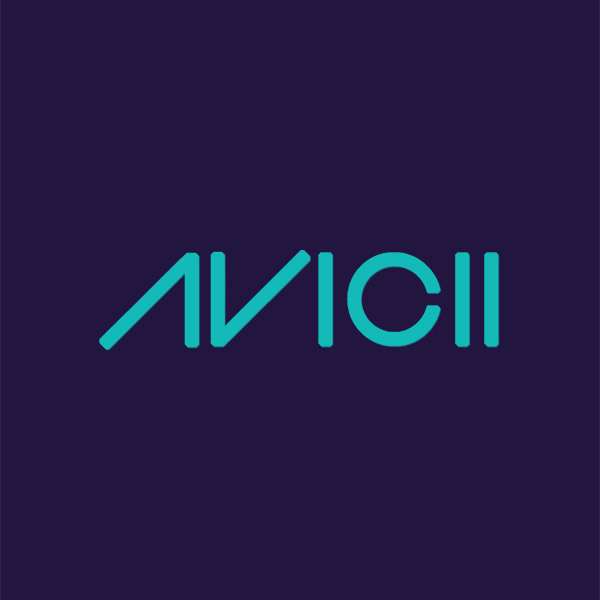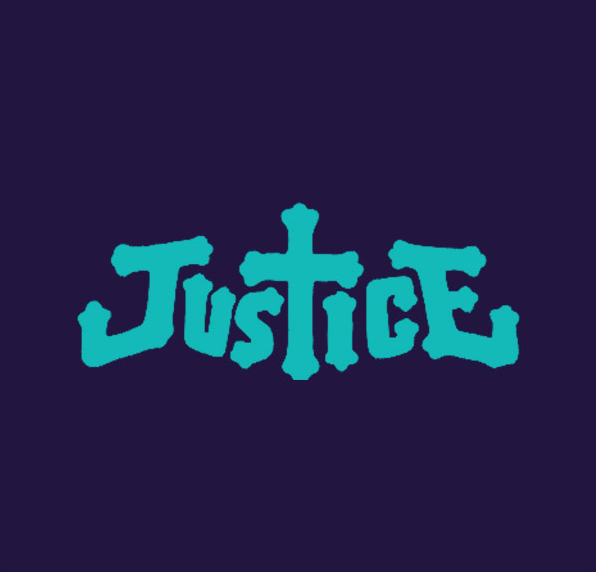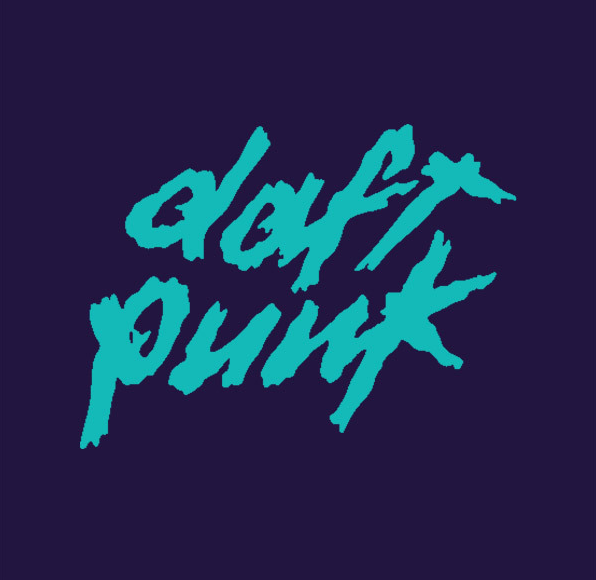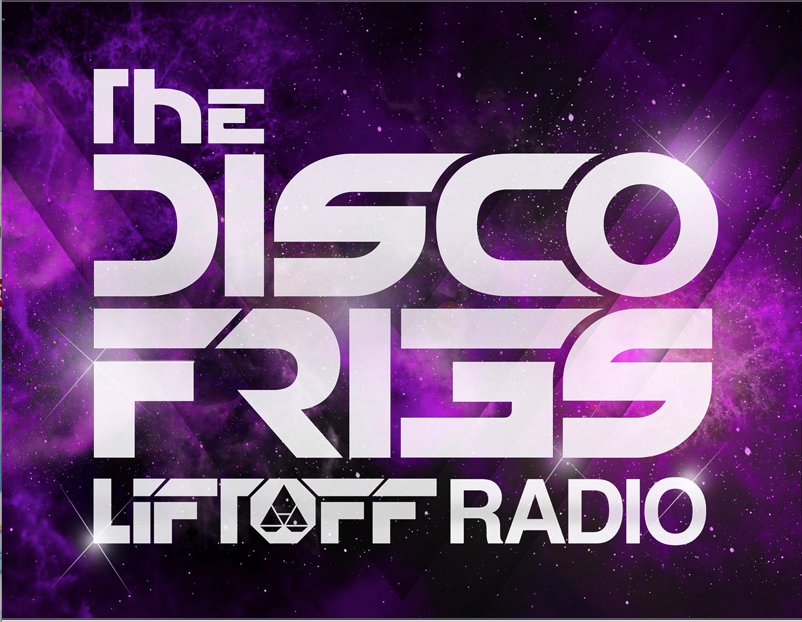Logos are one of those things that we unconsciously acknowledge, embrace, and work into our understanding of an artist. Sure there’s the music, and the person behind the art, but a proper logo is the first visual interaction fans will have with a brand; the importance of a solid aesthetic can’t be stressed enough. However, if the music is good, and the person behind it is rad, a once lackluster logo might turn into a cultural icon without any real rhyme or reason.
To explore the visual personas of today’s biggest electronic acts, thump enlisted the help of some design experts from Toronto and New York City. Here’s what they had to say about Skrillex, Daft Punk, Avicii, Aphex Twin, Kygo, and Justice. For the full critique including Flying Lotus and Tiësto, click here.
(Note, logos shown below are noted by their ranking in the original piece.)
10. Kygo
“Is this logo of a barbershop? I do need some beard oil and a straight razor shave.” – Geoffrey Pugen
“I’m glad teenagers are still getting work.” – Nicholas Aoki
Score: 4.6/10
9. Avicii
“Though it’s instantly recognizable as Avicii’s brand, based on the sole fact that it reads “Avicii,” it doesn’t do much in terms of longevity. Can we even talk about longevity in Avicii’s case when he’s already quit the game?” – Colin Bergh
Score: 4.7/10
8. Skrillex
“Brash, jagged, and sharp works perfectly well for Skrillex. It would also be fun to draw on your backpack in white-out or in ballpoint pen on your jeans in eighth grade. It’s definitely abrasive.” – Colin Bergh
Score: 5.1/10
4. Justice
“I like it, it’s bold in a riding-a-Segway-in-a-bike-lane type of way.” – Nicholas Aoki
Score: 6.6/10
2. Aphex Twin
“Aphex fucks with the deep web and they’re both great at making me feel creeped out. When I was 15-years-old and attached to forums, people were trying to figure out if this was an “A” or an alien. Maybe it’s both.” – Rebecca Cianfrini
Score: 8.0/10
1. Daft Punk

“These guys really hit the nail on the head, as it’s not only been their logo since the beginning, but the basis for every album cover up until [2013’s] Random Access Memories. I actually think that was a well-considered move as the logo doesn’t really mesh well with the 70s AOR sound of RAM. It’s also completely unique—the and form can’t really be placed to a particular time or trend in graphic design.” – Colin Bergh
“Ironic and anti-establishment, this logo references a multiplicity of possibles. At first I might have thought it was a horror movie starring the Misfits.” – Geoffrey Pugen
Score: 8.2/10
H/T thump

















